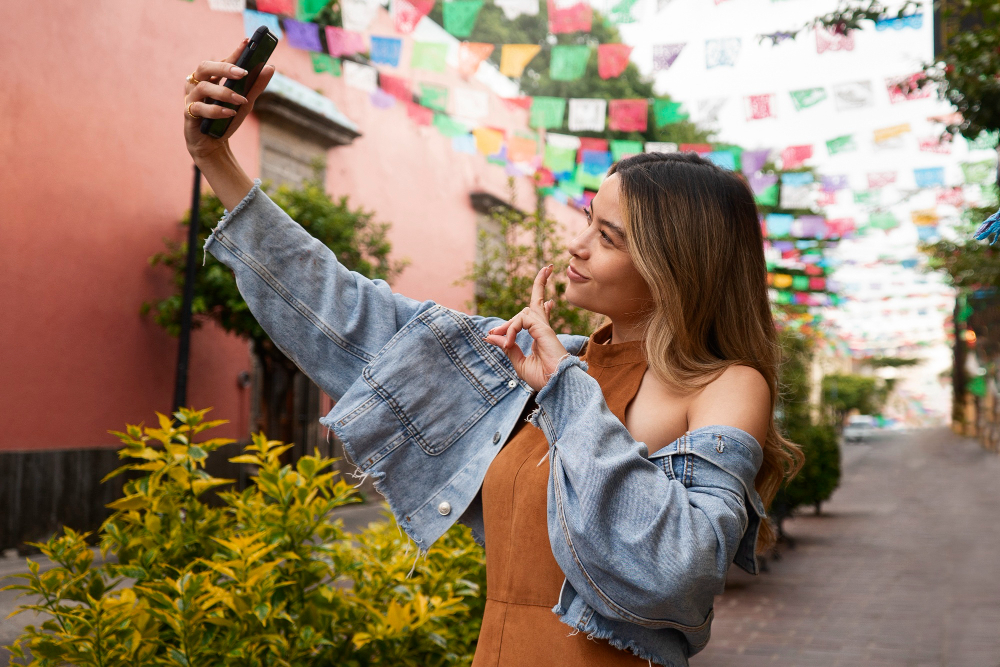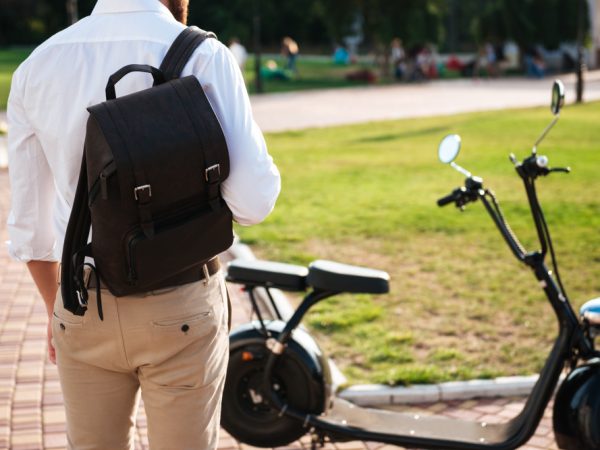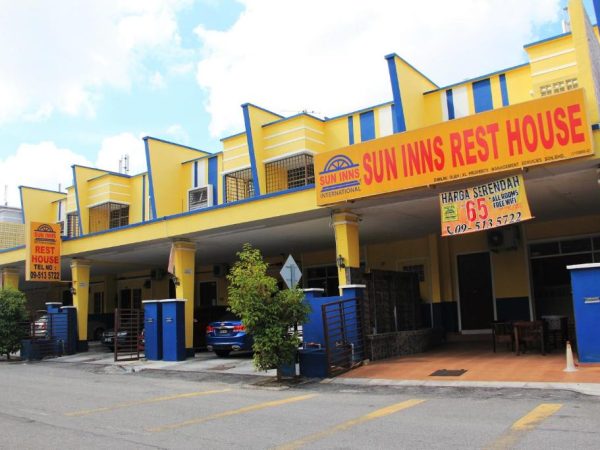The Art of Slow Travel: Immersing Yourself in Local Cultures

In today’s fast-paced world, where travel has become more accessible and convenient than ever before, the concept of slow travel has gained significant popularity. Slow travel is not just about visiting tourist hotspots and ticking off a checklist of attractions. It is a mindful and immersive way of exploring the world that allows you to truly experience and connect with local cultures. In this article, we will delve into the art of slow travel, its benefits, and how it enables you to develop a deeper understanding of the places you visit.
Embracing the Rhythm of the Locals
When you engage in slow travel, you give yourself the opportunity to embrace the rhythm of the locals. Instead of rushing from one landmark to another, you allow yourself to be present and observe the daily lives of the people who call that place home. You might spend an afternoon sipping coffee at a local café, strike up conversations with residents, or wander through neighborhood markets. By immersing yourself in the local way of life, you gain a genuine understanding of the culture, traditions, and values that define a place.
Exploring Off-the-Beaten-Path Destinations
One of the joys of slow travel is the freedom to explore off-the-beaten-path destinations that are often overlooked by mass tourism. These hidden gems provide an authentic glimpse into the soul of a region. Whether it’s a secluded village tucked away in the countryside or a vibrant neighborhood in a bustling city, these lesser-known places offer unique experiences and interactions that go beyond the surface-level attractions. You might stumble upon a charming family-run restaurant serving traditional delicacies or witness age-old craftsmanship being passed down through generations. Such discoveries create lasting memories and allow you to forge connections that transcend borders.
Learning and Growing Through Cultural Exchange
Slow travel encourages cultural exchange and learning opportunities that are not easily attainable through traditional tourism. By immersing yourself in local cultures, you become a student of the world, expanding your horizons and challenging your preconceived notions. You might participate in a cooking class to learn the secrets of regional cuisine, engage in traditional art forms, or volunteer with local communities. These experiences foster empathy, open-mindedness, and a deeper appreciation for diversity. As you interact with locals, you gain insights into their perspectives, history, and way of life, enriching your own understanding of the world.
Savoring the Journey
In the age of instant gratification, slow travel offers a much-needed respite. It encourages you to savor the journey rather than rushing towards the destination. Whether it’s a leisurely train ride through scenic landscapes or a meandering walk along ancient streets, slow travel allows you to fully immerse yourself in the present moment. You can take the time to appreciate the beauty of your surroundings, notice the small details that often go unnoticed, and create space for personal reflection and introspection. This unhurried approach to travel not only reduces stress but also enhances your overall experience.
Sustainable and Responsible Tourism
Slow travel aligns with the principles of sustainable and responsible tourism. By spending more time in a place, you reduce your carbon footprint associated with frequent long-haul flights. Additionally, when you immerse yourself in local cultures, you contribute directly to the local economy and support small businesses. Eating at neighborhood restaurants, staying in family-run guesthouses, and purchasing souvenirs from local artisans are just a few ways in which you can ensure that your travel has a positive impact on the communities you visit. Slow travel encourages a respectful and mindful approach towards the environment and the people who call a place home.
Conclusion
The art of slow travel is a transformative and enriching way to explore the world. By immersing yourself in local cultures, embracing the rhythm of the locals, and exploring off-the-beaten-path destinations, you gain a deeper understanding of the places you visit. Slow travel allows you to learn and grow through cultural exchange, fostering empathy and appreciation for diversity. It also encourages you to savor the journey, reducing stress and enhancing your overall travel experience.Moreover, slow travel aligns with sustainable and responsible tourism practices. By spending more time in a place, you reduce your environmental impact and support local communities directly. This approach to travel fosters a deeper connection with the destinations and the people who call them home.
FAQs
1. Is slow travel suitable for all types of travelers?
Slow travel can be enjoyed by anyone, regardless of their travel preferences. It is especially appealing to those who seek a more meaningful and immersive travel experience. However, it’s important to note that the pace and style of travel can vary based on individual preferences and circumstances. Some travelers may prefer a mix of slow and fast travel, depending on their time constraints and personal interests.
2. How can I incorporate slow travel into my itinerary if I have limited time?
Even if you have limited time, there are ways to incorporate slow travel elements into your itinerary. Prioritize quality over quantity by choosing a few key destinations and spending more time in each. Instead of rushing through multiple cities, opt for a more focused exploration of a particular region. Additionally, consider engaging in activities that allow you to connect with the local culture, such as attending a cultural event or taking a guided tour with a local expert. These small adjustments can enhance your travel experience and help you embrace the spirit of slow travel, even with limited time.
Read More: 10 Essential Personal Finance Tips for a Brighter Financial Future











